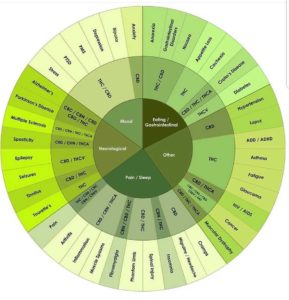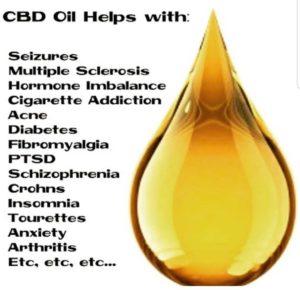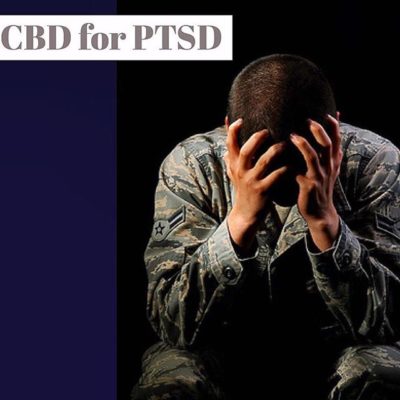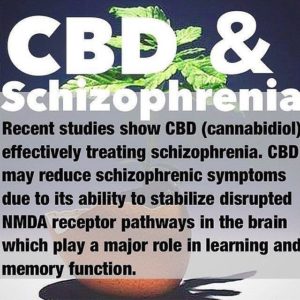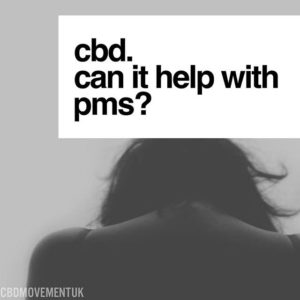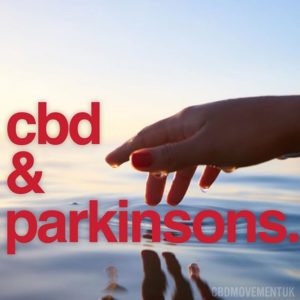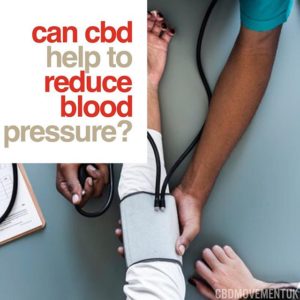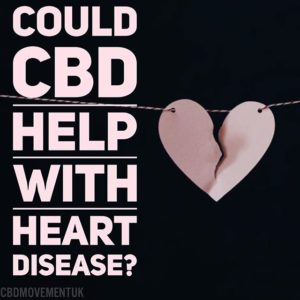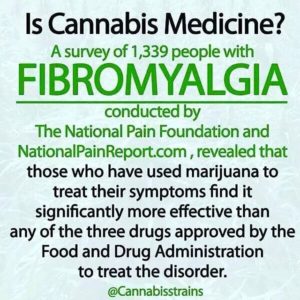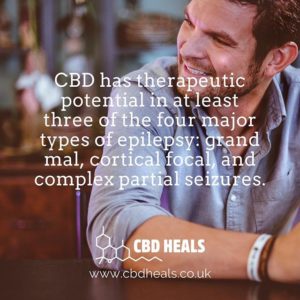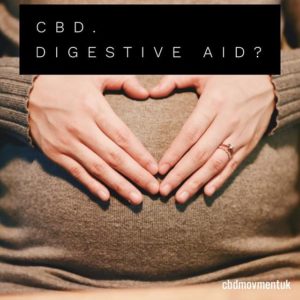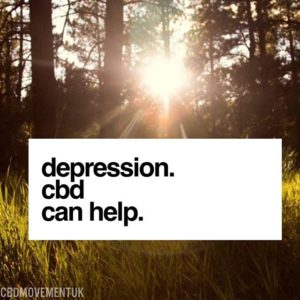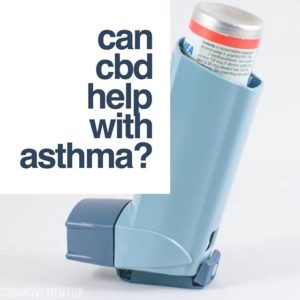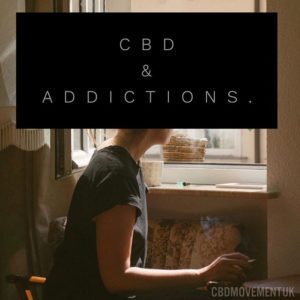Is your Aunt Flo coming to the town again? To make sure you don’t have to go through the same agony this time again, let CBD deal with her.
Women make more than half the world population and among these women, those who have a working uterus, they get a fair share of their pain and discomfort almost every month. The whole menstrual bleeding might not be as scary as the menstrual cramps or the pre-menstrual syndrome.
However, despite being such a common problem, very fewer efforts have been made to find ways to alleviate the pain which is a little disappointment because being a girl myself, I always look forward to a pain-reducing miracle every time I’m on my period.
It’s not that we women have left our periods to wander astray in the woods of pain and agony. We have been trying hundreds of pain-relieving escapes. Painkiller drugs have always been at the top of the list but as they say “Don’t mess with your reproductive cycle,” most of us have turned our faces away from this option. But, this is not just a myth.
A very close friend of mine once said, “Every time I take painkillers when I’m on my painful period, I observe a visible decrease in my flow and a disturbed cycle.” However, this might not be true for many of us because everyone has their bodily responses to drugs and all. Hot baths, hot sponging, massages and what not! Everything is temporary. It’s like your period knows how to dodge!
Leave all these conventional remedies aside! Let’s welcome the new hero, CBD! I ain’t expert on CBD, but my personal experience and of those who have used it, says that it is the one who can save you from the agony of being on your period. If you’re new to the term CBD, no worries, I’ll teach you its ABCs.
What is CBD?
Cannabidiol or CBD is a cannabinoid extracted from the cannabis plant. Cannabis contains two main cannabinoids; CBD and THC (Tetrahydrocannabinol). THC is the primary psychoactive agent present in marijuana whereas CBD has no such properties. CBD is now widely used for its medicinal and therapeutic benefits because it doesn’t leave you stoned or high. It comes with almost no toxicities and is very safe to use.
How is CBD different from medical marijuana?
CBD is a good boy. It never gets you high. Why? Because CBD has no psychoactive effects! Marijuana leaves you stoned because it contains THC which is the primary psychoactive compound that get you high. Thus, CBD is very safe to use and is legal in almost all 50 US states.
What are the numerous health benefits of CBD?
Many scientific and academic centers have carried out clinical researches on the usefulness and action of CBD. The government of the US has sponsored most of these researches. Further studies on its usefulness, doses and toxicities are being carried out.
Up till now, CBD has a known role in many medical conditions. However, it should be kept in mind that CBD is not used for curative purposes, but only for therapeutic benefits. CBD oil is helpful for:
- Those people who are finding relief from inflammation
- Diabetes and acne can also be controlled with the use of CBD
- CBD has neuroprotective effects and hence prevents neuro-degeneration
- It helps fight depression and psychosis
- It is effective in alleviating chronic and acute pain
- It helps relieve spasms, lethargy, and fatigue
- It is also helpful in cases of epilepsy, schizophrenia, and PTSD
- It also helps fight cancer and antibiotic-resistant infections
- Proper use of CBD also helps promote good heart health
Should you use CBD?
Yes, CBD is very safe to use and has minimum toxicities. However, make sure that you take it in prescribed doses. The use of CBD is legal in around 50 states owing to its medical and therapeutic uses. You can use CBD without getting high, and this property is what makes it legal to use. CBD products are available in many forms including oil tinctures, capsules, soft gels, vape oils, gummies, balms and so on.
CBD & menstrual cramps
After the initial introduction to CBD and its benefits, let’s come back to our topic for tonight; menstrual cramps, the agonizing, painful sensations you feel when you’re on your period or about to get it. The intensity of pain varies in individual women, and there might be different reasons causing this pain.
The intensity can range from dull to very severe. Severe pains are referred to as dysmenorrhea. These pains usually start after your ovary releases an egg and it travels down the uterine tube/fallopian tube.
The pain is usually felt in the lower abdomen and back, begins 1-2 days before the onset of menstruation and remains there for 3-4 days. However, the duration also varies in individuals.
Most of the times, the pain is a normal phenomenon which subsides once you are done with your periods. However, in other cases, the pain might be indicative of other serious underlying problems like endometriosis, pelvic inflammatory disease or fibroid uterus. In these cases where the pain is due to a secondary underlying cause, other than the menstruation, is called secondary dysmenorrhea.
Is CBD useful for menstrual cramps?
A few scientific pieces of research and studies on the usefulness of CBD in relieving menstrual cramps have supported the benefits of CBD. There are other options like THC tampons, but since most of us want relief without getting high, CBD is an ideal option.
It does wonders! It is neither psychoactive nor intoxicating. So if you feel intimidated by the use of THC tampons, or its psychoactive effects or you are using IUD, CBD is the best relief for your menstrual cramps. It’s time to say goodbye to the feeling of wear and tear in your lower abdomen which accompanies your Aunt Flo.
How CBD pills relieve menstrual pain?
Our body also has its system in which it produces its cannabinoids. These cannabinoids act through specific receptors known as CB1 and CB2. CB1 mainly manifests its action on the brain and CB2 on the immune system. It is through these receptors that CBD. It is believed that THC acts through CB1 and hence its psychoactive effects whereas, CBD acts through CB1.
CB1 receptors are mainly present in the pain pathways which include nerve fibers that carry pain sensations towards the brain or away from it. Cannabinoids act through receptors and modulate the transmission of pain impulses and help relieve pain.
CB2 receptors are mainly present in the immune system and therefore, are helpful in conditions of inflammation and infection.
As we have already discussed, CB1 receptors are present in pain pathways and are involved in pain transmission. CBD acts through these receptors to help relieve menstrual pain. CBD is thought to prevent the transmission of impulses through these pathways and hence interfere with the feeling of pain by your brain. In other words, it dodges your brain.
It is also believed that menstrual cramps are caused by prostaglandins which are released during menstruation that causes your uterine muscles to contract and cause pain. CBD might somehow interfere with the action of these prostaglandins and relieve muscular contraction and pain. However, this is still under discussion.
How to use CBD for menstrual cramps?
So far, the only question left to address is that how can we use CBD to relieve menstrual cramps. CBD is available in many forms so you can use it in the most convenient way possible. It is supposed to make things easier for you than to create problems by being an extra chore to establish. You can use CBD in following ways to relieve your menstrual cramps:
Place a few drops of CBD under your tongue, as CBD oil tincture and wait for a few minutes till you observe/feel visible difference and relief. This shows a very rapid response. My friend once used it, and she was surprised by how fast it works. She even recommended this to me, and this is how I came to know about this product. According to her, this is one of the best pain relief she has ever had.
-
CBD capsules having turmeric
CBD capsules are also available with preparations containing turmeric. These capsules are supposed to be taken orally. You can take one capsule once or twice a day, as needed or prescribed by your health practitioner. According to one of the customers, she used CBD pills for relief, and she could barely tell that she as on her periods. Her day was fresh and productive like never before. She loved it.
-
CBD spray for topical use
Different CBD sprays are also available for topical use. Spray them to the site of your pain and leave until you feel relief. Sprays are handy and go well on all skin types. These include combinations of CBD with ingredients like peppermint and clove for a pleasant smell and additive effect.
These whimsical CBD bath bombs are also being used by many people for menstrual pain relief. You can use it with a hot water bath and feel the relief. Bath bombing has always been a fun activity and using it for getting pain relief is indeed a very interesting and intelligent idea.
You can use CBD vape pens to vape CBD oil in different flavors and get the relief from menstrual pain simultaneously. So, you can have 2 in 1. If you are a regular vaper, you can combine our vaping with getting pain relief from Aunt Flo’s agony.
CBD tea is an ideal product for the tea lovers. You can now have the benefit of a pain reliever by just sipping down your tea and relax in your office or on your couch. I have also tried it multiple times because I am a tea lover. It works wonders.
This is another product of CBD which you can use with a hot water bath to get good relief from menstrual cramps. Just like bath bombing, this is also a very innovative and fun way.
Different CBD balms are also available for topical use. Take some balm in your palm and hold till it gets warm. Then apply to the area with pain and massage gently. Wait till you feel the relief. One of my family members used it and said, “It’s amazing. I massaged the balm for a few seconds, and I felt like there was no pain in the very first place.” Since that day, CBD balm is one of her essentials which she carries with her.
CBD body lotion is yet another product for topical use to get relief from menstrual cramps. The good thing about topical products is that they do not get access to your systemic blood and does not produce related symptoms or side effects. Lotions with different pleasant smells are also available.
You can use CBD honey as it is. Eat it, use it in dessert or take it with tea. It is the healthiest option so far. You can enjoy the goodness of honey with medical benefits of CBD. You can also add flavors if you want.
Another introduction to the world of CBD products is CBD suppositories. These have been manufactured to maximize relaxation of muscles and relieve pain without any psychoactive effect. It has anti-spasmodic effects. For relief, apply the suppository directly to the affected area which in this case is directly into the vagina. Suppositories are among the best-selling CBD products for pain relief from menstrual cramps.
What dosage of CBD oil is ideal to relieve menstrual cramps?
We recommend that you consult your health practitioner before sticking to any particular CBD dosage. It will let you have ideal dosage according to your requirements and give desired results. However, as already discussed, CBD has minimum toxic effects, and therefore, self-dosage does not sound that dangerous as it might for other drugs.
It is better that you begin with a low dose of CBD- 5-10 milligrams.
Maintain this loading dose for a few days and then increase the dose up to 25 milligrams, 50 milligrams and so on. You might need to increase the dose after every few days because CBD works on the principle of increasing dosage.
